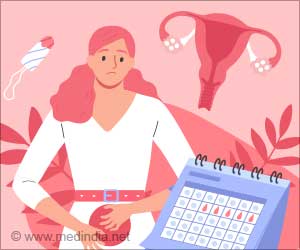Podiatrist details on the course of medical attention to treat Charcot Foot.

A. Any condition associated with peripheral neuropathy can lead to Charcot Foot and the most common cause is diabetes. Other causes apart from diabetes are neurosyphilis, leprosy, spinal cord injury, nerve injuries and disorders.
Q. Should the treatment of Charcot Foot be periodical? Would it need regular monitoring of the condition by a medical practitioner? If yes, at what intervals?
A. When a person develops Charcot Foot, regular monitoring of at least once in 2 to 3 months is imperative. The chances of recurrence are highly likely because the treatment is symptomatic. In some cases such as in chronic diabetic complications when the nerves are already dead, the nerves cannot be revived hence the root cause of the pathology remains untreated. Only the symptom gets medical attention. Whereas in cases of nerve injuries (e.g. Compression), there are better chances to treat the source of the pathology.
Q. What are some of the other complications, in other parts of the body, arising from Charcot Foot?
A. Its diagnosis is often missed or delayed, resulting in more complications. Charcot Foot in late stages presents with rocker bottom deformity and subsequent ulceration, or hind foot Charcot collapse with complete dislocation of ankle joint which in turn leads to a non-walkable foot. Mid-foot, Charcot Foot with non-healing ulcers can sometimes lead to secondary infection and in certain cases amputation may be necessary.
A. Acute Charcot Foot is treated with immobilization with Total Contact Cast or bivalved TCC (Total Contact Cast), with bisphospanates helping to heal bones faster. Chronic Charcot Foot is treated with custom moulded orthotic insoles to prevent further bone collapse and other footwear modifications according to individual presentation. Podiatric surgery might be an option in case of recurrent ulceration or failure of conservative management; hence it should be kept as a last option since recurrence is possible with the failure of the surgery.
A. Footwear for a person with a neuropathic condition does not have a cosmetic appeal. It is custom designed to avoid future bone collapse so it should basically have custom moulded accommodative insoles with rocker outsoles and stabilization of hind foot done with high heel counter or ankle foot orthosis. The addition, other required footwear modifications are done according to individual presentation. It is better to consult a podiatrist for footwear advice in any patient with Charcot Foot or any chronic non-healing plantar callus ulcers.
Q. What age group of people and with what kind of lifestyle are likely to be affected by Charcot Foot?
A. It is usually a condition prevalent among the elderly. People with 5 to 10 years of diabetes with neuropathy are prone to be affected by Charcot Foot.
Vulnerable to misdiagnoses Charcot Foot is presumed to be general swelling and is usually treated with regular antibiotics. If foot ulcers do not show any sign of improvement or healing for more than 4 to 8 weeks, it is advisable especially for people with diabetes to consult a podiatrist to avoid further complications. Medindia thanks Dr. P.N. Someshwara Rao for his valuable insights.
Source-Medindia









